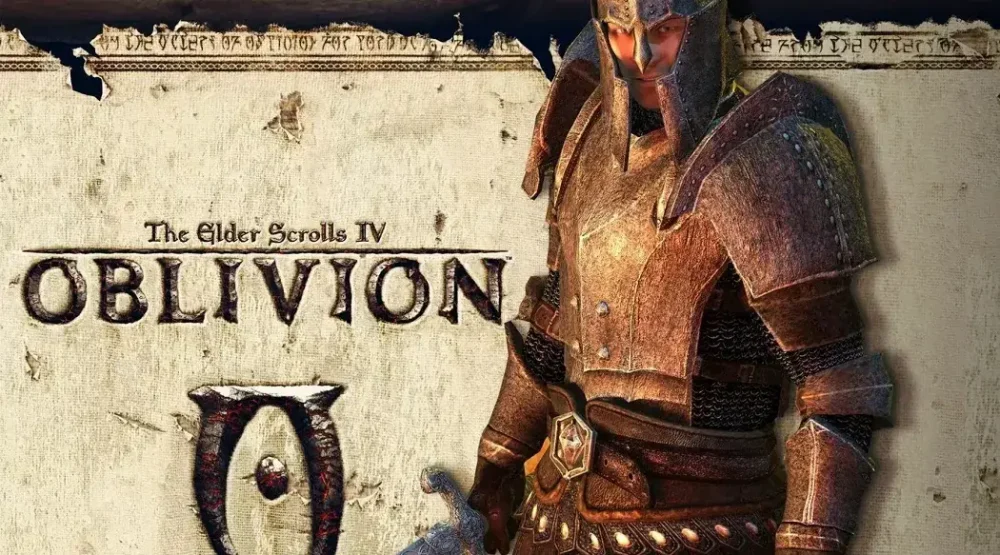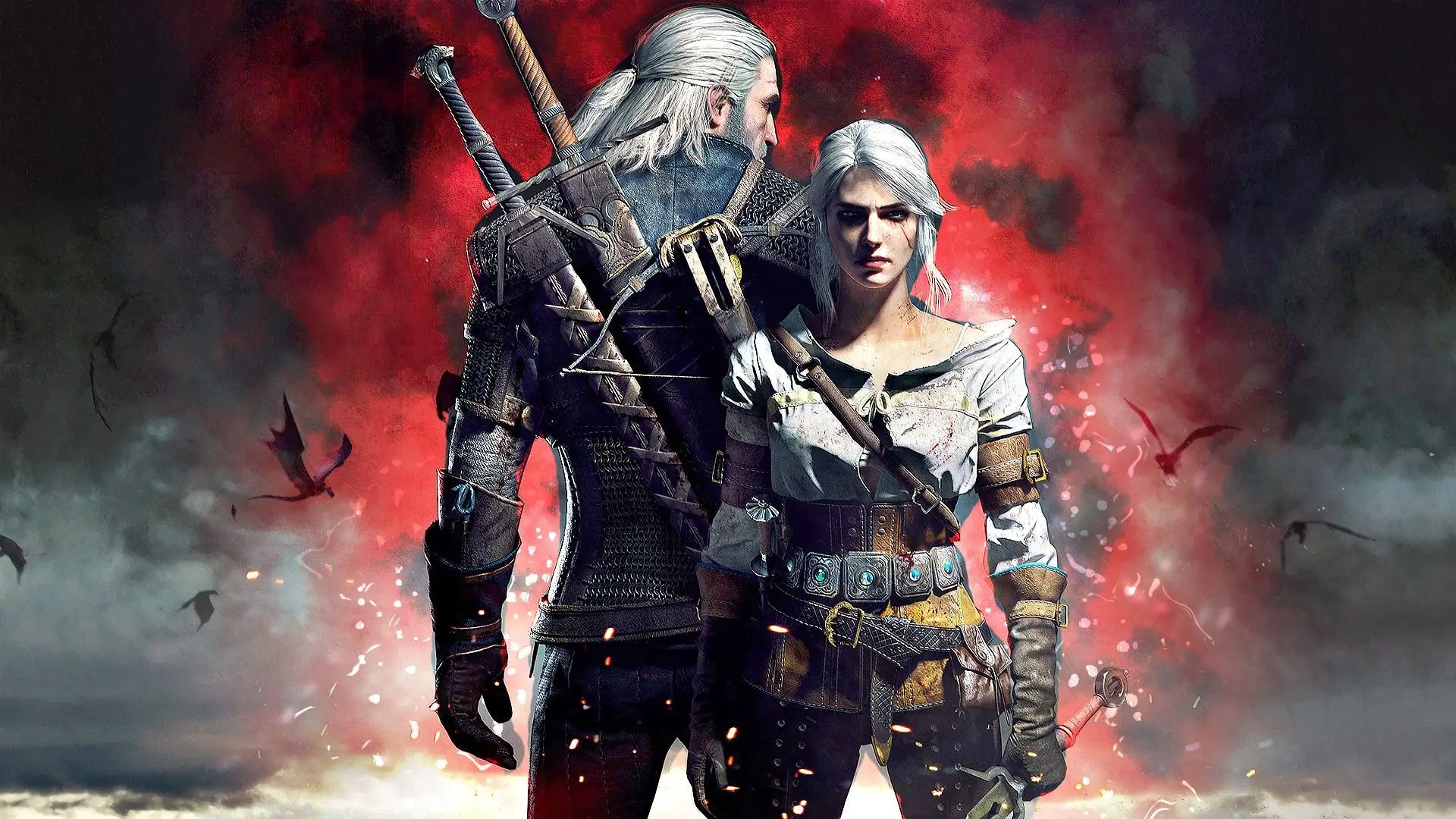The gaming industry has evolved in waves: engines, mechanics, visual styles have changed. However, some concepts have stood the test of time. One of them is roguelikes – a format born out of the limitations of old hardware, but surviving thanks to the depth of mechanics and a real challenge for players. The question of what features of the roguelike genre make it unique dates back to the origins of game development and remains relevant in 2025.
Roguelike Games: What Are They and Where Did They Come From?
The first steps began with ASCII graphics, text interfaces, and the game Rogue, released in 1980. It is from this game that the genre got its name. Players navigated dungeons, fought monsters, collected treasures, and lost everything upon death. The mechanic of restarting without saving progress became a hallmark.

The central idea is that each playthrough is unique. Death is permanent, levels and items are random, and strategy is more important than leveling up. The game requires learning through trial and error, not through guides.
Classic Features of the Roguelike Genre: The Berlin Interpretation
For a long time, the segment had no clear boundaries. In the early 2000s, the Berlin Interpretation emerged, highlighting key features of the roguelike genre. Among them are permanent death, turn-based gameplay, lack of scripted events, random generation, control over every action, and a logical map of dungeons.
Classic variants are built on a non-modal system: players can perform any action at any time if it is available. Everything follows one logic – plan, think, accept the consequences.
Modern projects draw from the classics but adapt to realities: graphics, physics, inventory. However, the core – randomness and mortality – remains unchanged.
Psychology: Why Does the Segment Capture Attention?
At its core lies honesty. Defeat is always the result of a player’s mistake. No checkpoints, autosaves, or soft restarts. Everything starts from scratch. This model generates powerful motivation and a sense of the significance of every step. Each victory is a result of skill, not equipment level.
The features of the roguelike genre create a dependency at the challenge level: if you progress slightly further than in the previous attempt, it’s already a victory. Progress is felt not through leveling up but through the player’s personal growth.
The mechanic of repetitions gives rise to the phenomenon of “just one more run.” Time disappears, and each new start is a chance to prove to yourself that you can do better.
What Is the Difference Between Roguelike and Roguelite?
The emergence of roguelites is associated with simplifying classic mechanics. Roguelites retain the spirit of the format but allow players to retain some progress between runs. This could be resource accumulation, stat improvements, item retention.
Games like Dead Cells or Hades do not fit into the Berlin school but maintain the core genre elements: random generation, death not being the end but the beginning, rich gameplay, high impact of each action.
Roguelike and roguelite are not opposites but two branches of the same tree. The former requires unconditional discipline, while the latter offers a compromise between challenge and comfort.
How Do Modern Nonlinear Gameplay Games Evolve and Capture the Market?
New games use the mechanic of permanent death but wrap it in visual style, narrative, cooperative play. Developers actively incorporate role-playing elements, a progression map, social markers – all shaping the features of the roguelike genre, where each run is unique, and progression requires adaptation, strategy, and high player engagement.
The format has ceased to be niche. It has adapted to different tastes: from those who love strict gameplay to those who prefer narrative and visuals. The history of roguelike games has transformed from a subgenre of ASCII projects into one of the best-selling segments of indie games.
The cycle of “trial and error” has become a template. Its mechanics are applied in rhythm games, card strategies, arcades, even shooters. Each new direction proves that randomness and punishment do not hinder but help to captivate.
Who Does the Gameplay Style Suit and What to Expect from It?
Procedural action is not for everyone. It requires patience, a willingness to analyze, and readiness for failure. However, for those who value freedom, challenge, and honesty, it is the perfect choice.
The features of the roguelike genre develop gaming intelligence, tolerance for mistakes, and strategic thinking. A project where death is part of the process, not the end of the story, develops skills much more than a standard campaign with a “complete all” marker.
Players are met with a challenge, not comfort. This is the very reason for its attractiveness!
Best Roguelike Games: Cult Examples
Among the multitude of titles, there are projects that have defined the niche’s development. Below are iconic games reflecting the spirit of generative adventures:
- Rogue – the foundation of everything. ASCII, randomness, fair death;
- NetHack – an extension of the Rogue idea with the deepest world interaction system;
- ADOM – story, variety of classes, events, and generation.
- The Binding of Isaac – action, blood, allegories, and thousands of items;
- Dead Cells – dynamics, responsive combat, minimal progress between runs;
- Hades – narrative with replayability, classic roguelite, critically acclaimed;
- Darkest Dungeon – psychological and strategic nightmare with RPG elements.
Each of these games offers a unique perspective on the format. Some stick to classic principles, while others transform mechanics but retain the core.
What Key Features Are Important When Choosing a Roguelike Game?
Before immersing yourself in a new world of randomness and punishment, it is important to understand what is valued in a good roguelike:
- interesting generation – for varied yet balanced runs;
- thoughtful death – loss, but not humiliation;
- deep interaction with the system – let every item and monster have meaning;
- learning through experience, not hints;
- fair gameplay – no artificial complexity.
The features of the roguelike genre are not just about permanent death or random level generation. True tactical action is not about who kills immediately but about who learns at every step: through mistakes, experiments, and constant overcoming.
If the Features of the Roguelike Genre Appeal to You, Start Your Search for “Your” Games!
Understanding what features of the roguelike genre make it vibrant and captivating shapes not just taste but a philosophy of gaming perception. A segment where defeat is a lesson, each death is an experience, and randomness is not an enemy but an ally.

Procedural action does not compromise. It offers a path of growth where there are no cheats or safety nets. In return – genuine satisfaction from overcoming challenges and the joy of victory earned honestly.
A player who delves deep into the dungeon once is never the same!
 en
en  ru
ru  de
de  ar
ar  es
es  hi
hi  fr
fr  nl
nl  it
it  pt
pt  el
el 









